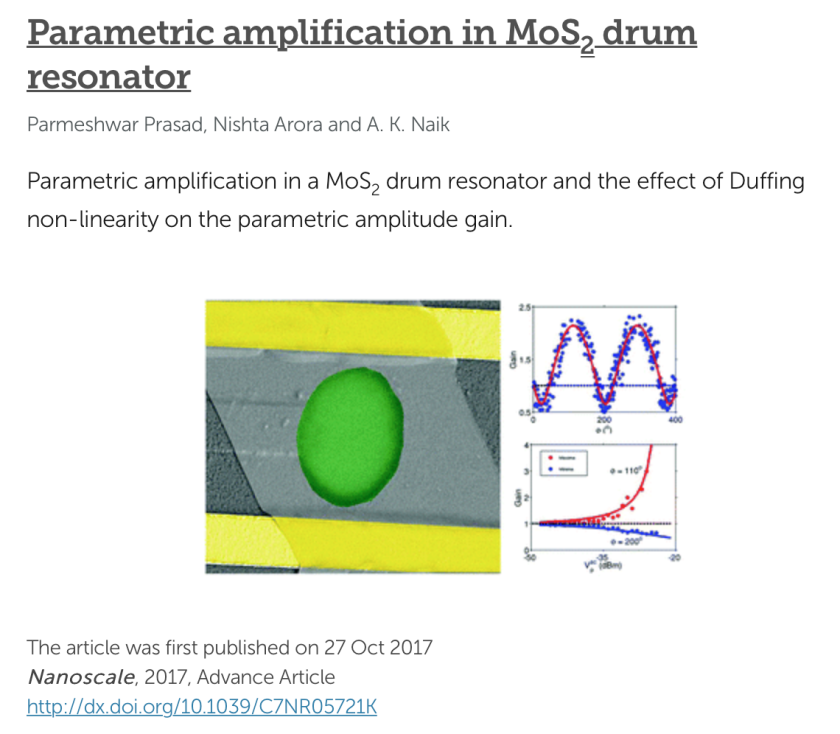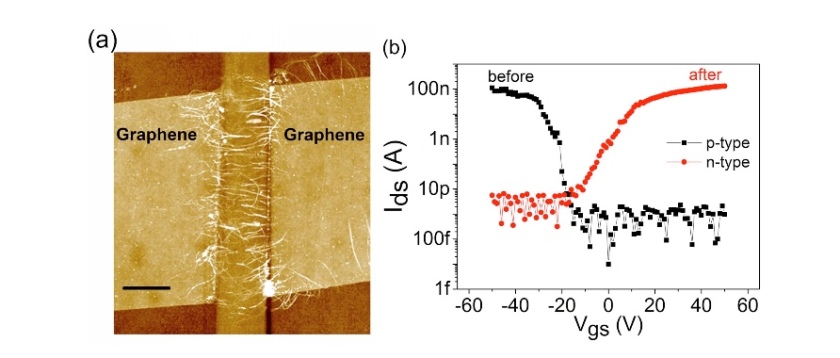We are excited to share our recent publication in the Journal of Applied Physics titled: “Graphene-mediated interfacial interactions at polar liquid–air interface in a microfluidic platform”
Read the paper →
Summary
Graphene membranes, when suspended over microfluidic channels, offer a unique way to probe interfacial phenomena at the nanoscale. In this work, we demonstrate that:
-
Graphene suppresses capillary instabilities typically observed at liquid–air interfaces.
-
High-sensitivity dynamic AFM enables stable phase imaging of the graphene–liquid interface.
-
Micro/nanoscale defects in the graphene can trap a thin liquid layer, effectively sealing the membrane even after the liquid evaporates.
-
These observations reveal the potential for graphene-based membranes in low-force, high-sensitivity biological and chemical sensing platforms.
Why it IS IMPORTANT
This study provides new insight into how suspended graphene interacts with polar liquids and opens avenues for gentle, high-resolution nanomechanical sensing in bio-microfluidic environments. The results also help establish the feasibility of integrating defect-tolerant graphene membranes into practical lab-on-chip systems.
Authors: Sanket Jugade, Prabhat Vashishth, Prosenjit Sen, Akshay Naik

 The separation of leaves in g
The separation of leaves in g

 Thermal tuning is an easily implementable, low-cost method often employed in electronic and mechanical devices to extract optimal performance or to match the operating points of multiple devices. Similarly, in photonic integrated circuits (PICs), thermal tuners are essential for matching the operating wavelengths of multiple photonic devices such as resonators, gratings, and filters. They are also used for low frequency optical modulation and optical memory applications. The working principle is thermally induced change in refractive index of the materials interacting with guided light.
Thermal tuning is an easily implementable, low-cost method often employed in electronic and mechanical devices to extract optimal performance or to match the operating points of multiple devices. Similarly, in photonic integrated circuits (PICs), thermal tuners are essential for matching the operating wavelengths of multiple photonic devices such as resonators, gratings, and filters. They are also used for low frequency optical modulation and optical memory applications. The working principle is thermally induced change in refractive index of the materials interacting with guided light.

